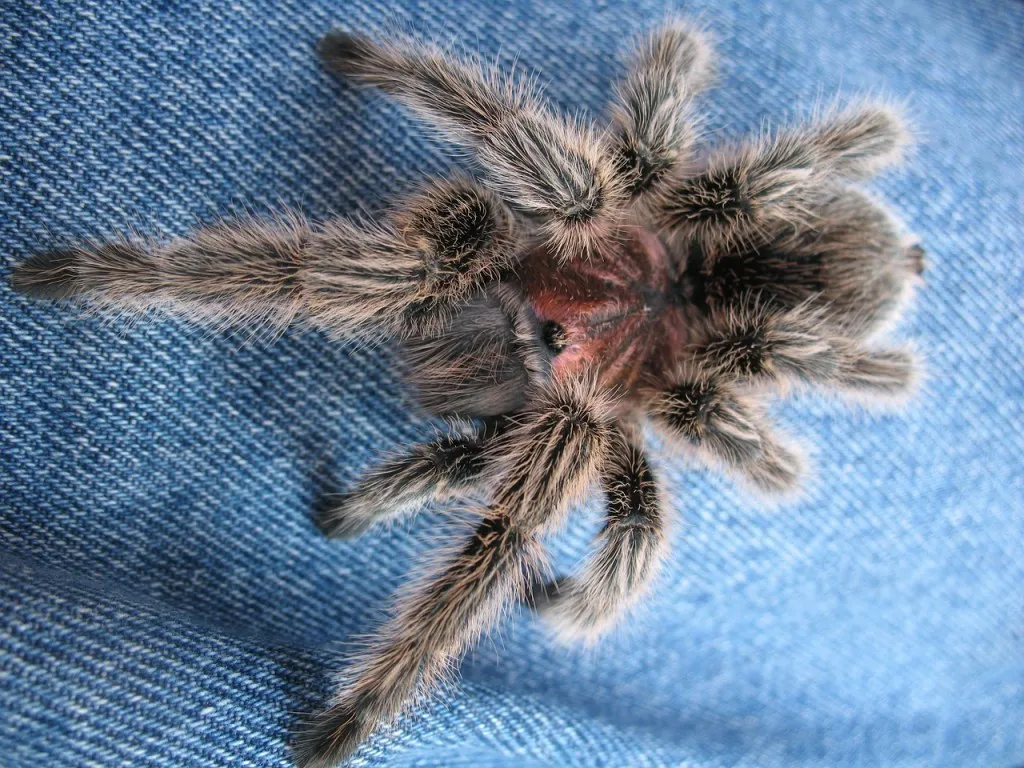The Chilean Rose Tarantula’s Natural Habitat
The Chilean Rose Tarantula (Grammostola rosea), a popular pet, originates from the arid and semi-arid regions of South America. Understanding their natural habitat is crucial for providing proper care and ensuring their well-being in captivity. These fascinating creatures have adapted to survive in specific environmental conditions, and replicating these conditions as closely as possible in a terrarium is essential for their health and happiness. From the soil they burrow in to the humidity levels they thrive in, every aspect of their natural environment plays a vital role in their survival. This article will delve into the secrets of their habitat, offering insights into their geographical distribution, preferences, and the threats they face, along with how to create a suitable environment for them.
Geographical Distribution
Chilean Rose Tarantulas are primarily found in the arid and semi-arid regions of Chile, Bolivia, and Argentina. Their range spans across diverse landscapes, each offering unique challenges and resources. These areas typically experience low rainfall, high temperatures during the day, and significant temperature drops at night. The tarantulas have adapted to these fluctuations by seeking shelter in burrows and utilizing the available resources efficiently. Knowing their distribution helps understand the environmental factors that shape their behavior and physical characteristics. Studying the geographical spread allows us to better appreciate their adaptability and resilience in the face of environmental pressures.
Where They Call Home
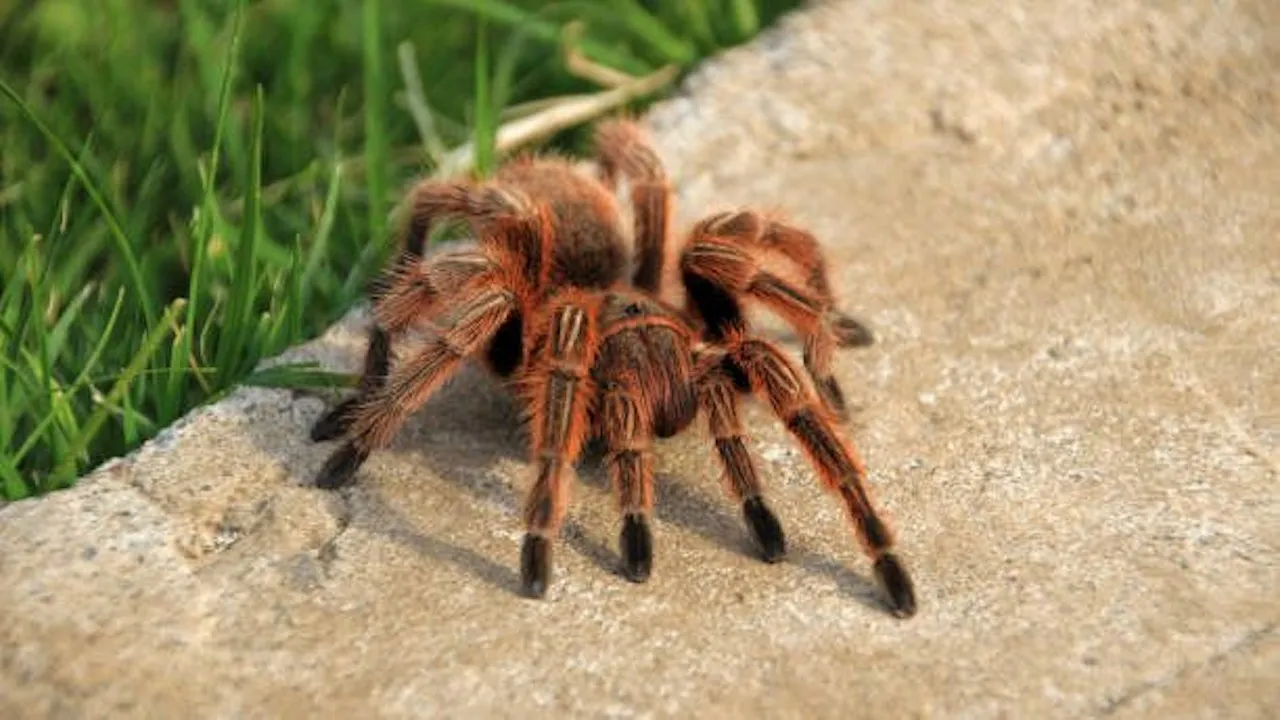
They are commonly found in scrublands, grasslands, and deserts, where the terrain provides ample opportunities for burrowing and hiding. These habitats are characterized by sparse vegetation and rocky or sandy soil, which allows them to construct their burrows with ease. The proximity to sources of water, however scarce, is also a key factor. They tend to favor areas that offer some form of protection from the harsh sun and predators. The specific location of their burrows can vary, depending on the availability of resources and the level of disturbance from human activity. Studying their preferred locations provides critical insights into the ideal environmental conditions.
Habitat Preferences
Chilean Rose Tarantulas exhibit distinct habitat preferences. They favor environments that offer protection from extreme temperatures and direct sunlight. These tarantulas are not particularly active hunters, so they prefer habitats where they can ambush prey effectively. The presence of suitable hiding places, such as rocks, crevices, and burrows, is critical for their survival. They are also known to avoid areas that are frequently flooded or overly humid, as these conditions can be detrimental to their health. Understanding these preferences helps in replicating the right environmental conditions in a captive setting.
Burrows and Shelters
Burrows are a critical component of their natural habitat. Chilean Rose Tarantulas are fossorial, meaning they spend a significant amount of time underground. They dig burrows in the soil, which serve as a refuge from the sun, predators, and temperature fluctuations. The depth and complexity of their burrows can vary depending on the soil composition and the availability of suitable materials. The burrow also provides a stable microclimate, with relatively constant humidity and temperature levels. The spiders line their burrows with silk to stabilize the walls and provide a comfortable living space. The burrow’s design and construction are a testament to their ability to adapt to environmental challenges.
Microclimates and Temperature
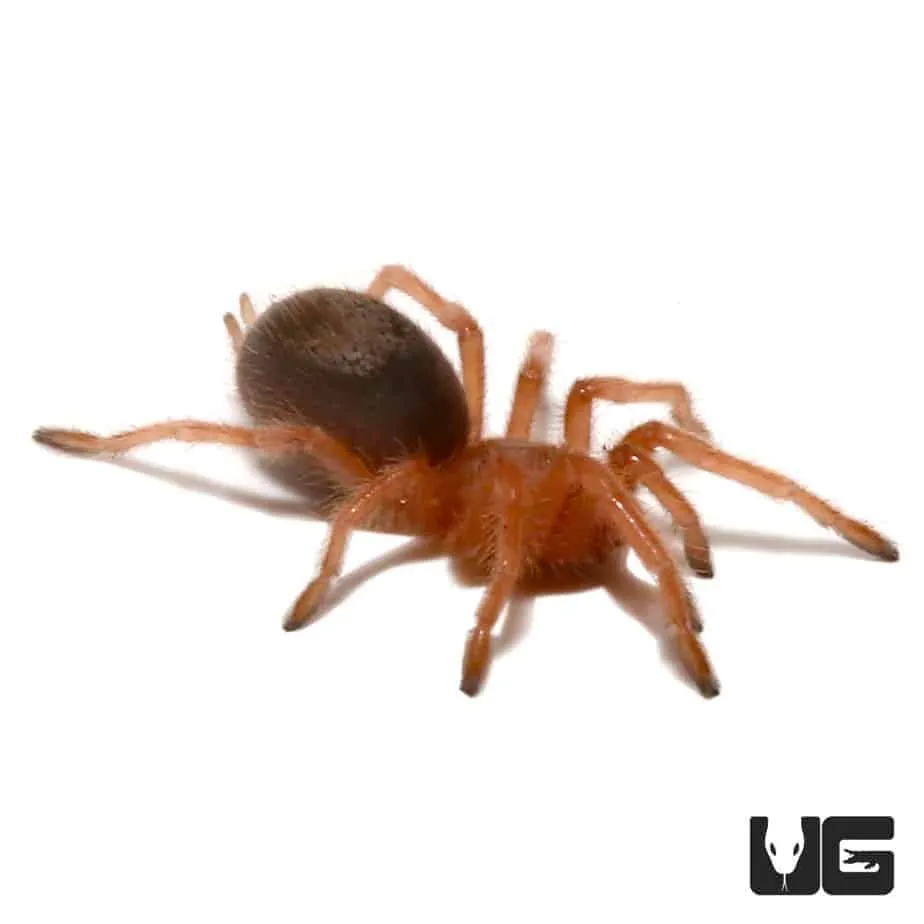
The microclimate within their burrows is significantly different from the external environment. The burrows provide a cooler refuge during the day and retain warmth during the colder nights. This stable temperature regulation is essential for their survival. The humidity levels inside the burrow are also higher than outside, which prevents dehydration. They carefully select locations that offer these microclimatic benefits. Factors such as soil type, depth, and the presence of vegetation influence the temperature and humidity inside their burrows. The ability to control their immediate environment is a key aspect of their survival strategy, ensuring they can endure harsh conditions.
Key Habitat Elements
Several key elements shape the Chilean Rose Tarantula’s natural habitat. These elements work in concert to create the environmental conditions they require to thrive. Understanding these elements and their interactions helps create a suitable habitat in captivity. Each component plays a crucial role, from the soil that provides structure for their burrows to the vegetation that offers cover and helps maintain humidity. The delicate balance of these elements dictates the overall health and well-being of these fascinating creatures. Careful attention to these details ensures that they are provided with the best possible living conditions.
Soil Composition
The soil composition is a critical factor in their natural habitat. They prefer soil that is a mix of sand, clay, and organic matter, which allows them to easily dig and maintain their burrows. The soil also provides insulation and helps regulate temperature and humidity levels. The texture and density of the soil must be suitable for burrowing without collapsing. The presence of small rocks and pebbles can aid in burrow construction and provide stability. The soil’s ability to retain moisture is another significant factor. It directly influences the humidity within the burrow, creating a favorable microclimate. The selection of appropriate soil is therefore essential for their well-being.
Humidity Levels

Humidity plays a vital role in the Chilean Rose Tarantula’s habitat. These tarantulas require a certain level of humidity to prevent dehydration and facilitate molting. In their natural habitat, humidity levels fluctuate depending on the season and the time of day. They typically thrive in semi-arid environments, but they also need access to moisture. The burrows help to maintain relatively stable humidity levels, offering a buffer against external changes. They often drink water droplets that condense on the walls of their burrows or from sources of moisture. Maintaining the right humidity levels in captivity is critical for their health. Too little humidity can lead to molting issues, while excessive humidity can lead to fungal infections.
Vegetation and Cover
Vegetation provides essential cover and helps regulate the microclimate in their natural habitat. Sparse vegetation offers protection from direct sunlight, predators, and the elements. It also contributes to the humidity levels by releasing moisture into the air. The presence of plants can influence the soil composition and provide a source of organic matter. These tarantulas will often take advantage of existing vegetation to create their burrows. The type and density of the vegetation can vary depending on the specific location, but it always plays a role in providing shelter and helping maintain suitable environmental conditions. Understanding how vegetation supports their survival is essential for proper habitat design.
Prey Availability
The availability of prey is another crucial aspect of the Chilean Rose Tarantula’s habitat. They are opportunistic predators, and their diet consists mainly of insects and other invertebrates. The abundance of prey in their natural habitat directly impacts their survival. They are adapted to periods of scarcity and can survive for extended periods without food. However, a consistent supply of prey is essential for growth, reproduction, and overall health. The type of prey available also affects their behavior and dietary needs. These spiders will often adjust their hunting strategies based on the availability of different prey types. The presence of a diverse and abundant prey base is vital for the long-term sustainability of the tarantula population.
Adaptations to the Habitat
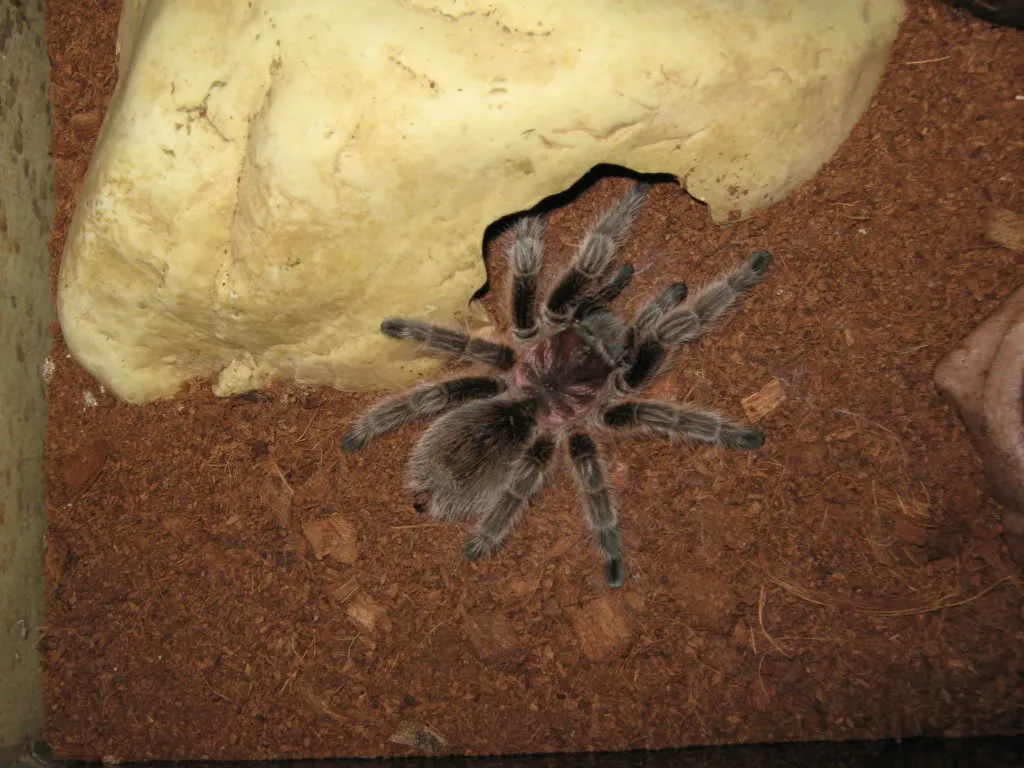
Chilean Rose Tarantulas have evolved numerous adaptations to thrive in their natural habitat. These adaptations enable them to survive and flourish in challenging environmental conditions. From physical characteristics to behavioral strategies, these spiders have developed remarkable ways of coping with the demands of their environment. Understanding these adaptations provides insights into their resilience and their unique survival mechanisms. These adaptations are critical to their survival, showcasing nature’s ingenuity in action.
Camouflage and Behavior
Camouflage is a key adaptation for Chilean Rose Tarantulas. Their coloration, typically brown or tan, blends seamlessly with the surrounding environment. This allows them to remain hidden from predators and ambush prey effectively. They have also developed specific behavioral patterns that enhance their camouflage. They often remain motionless for extended periods, relying on their ability to blend in with their surroundings. Their nocturnal habits further contribute to their ability to avoid detection. Their behavior and coloration work in concert to provide maximum concealment, boosting their chances of survival in a harsh environment.
Water Conservation
Water conservation is another critical adaptation. In their arid habitat, water is a precious resource. They have developed efficient strategies to minimize water loss. They obtain moisture from their prey and the humid environment within their burrows. Their exoskeletons also help to prevent water loss through evaporation. They limit their activity during the hottest parts of the day, conserving energy and water. Their bodies have evolved to manage water efficiently, ensuring they can survive in water-scarce environments. These strategies, combined with their habitat preferences, allow them to survive in challenging conditions.
Predators and Defense
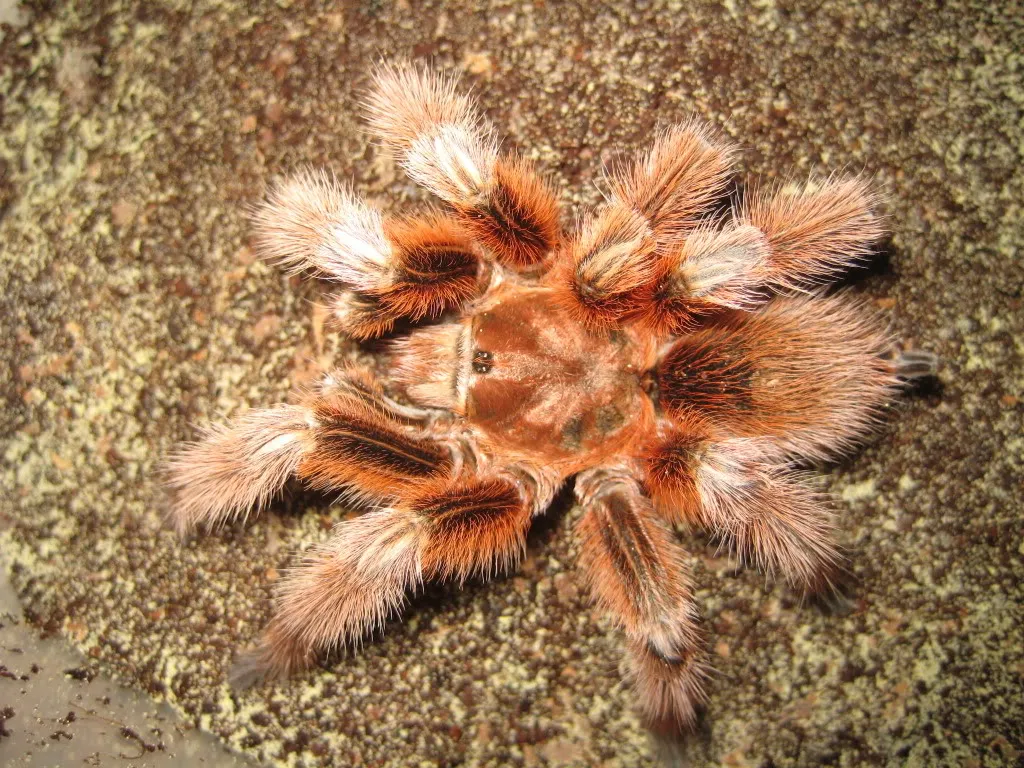
Chilean Rose Tarantulas have developed several defense mechanisms to protect themselves from predators. They have urticating hairs on their abdomen, which they can flick towards potential threats, causing irritation. They will also bite if they feel threatened. Their burrows provide a safe haven, allowing them to retreat from danger. Their camouflage also provides a degree of protection, helping them remain hidden. They are generally not aggressive, but they will defend themselves if necessary. These defensive strategies, along with their habitat choices, help ensure their survival in the wild.
Threats to the Habitat
Chilean Rose Tarantulas and their habitat are facing several threats. Understanding these threats is crucial for conservation efforts and responsible pet ownership. The primary threats come from human activities, which have a direct impact on their ability to survive. Protecting their habitat is essential for ensuring the long-term survival of the species and maintaining ecological balance. Recognizing these dangers and acting to mitigate them is crucial for preserving these fascinating creatures.
Habitat Loss and Degradation
Habitat loss and degradation are significant threats to Chilean Rose Tarantulas. Urbanization, agriculture, and deforestation are reducing the available habitat. These activities destroy their burrows, reduce the availability of prey, and disrupt the delicate balance of their environment. Overgrazing by livestock can also lead to soil erosion and habitat degradation. The fragmentation of their habitat can isolate populations, reducing genetic diversity and making them more vulnerable to environmental changes. These activities, collectively, are significantly impacting the survival of the Chilean Rose Tarantula and many other species that share the same habitat. Sustainable practices and conservation efforts are critical in addressing these issues.
Conservation Efforts
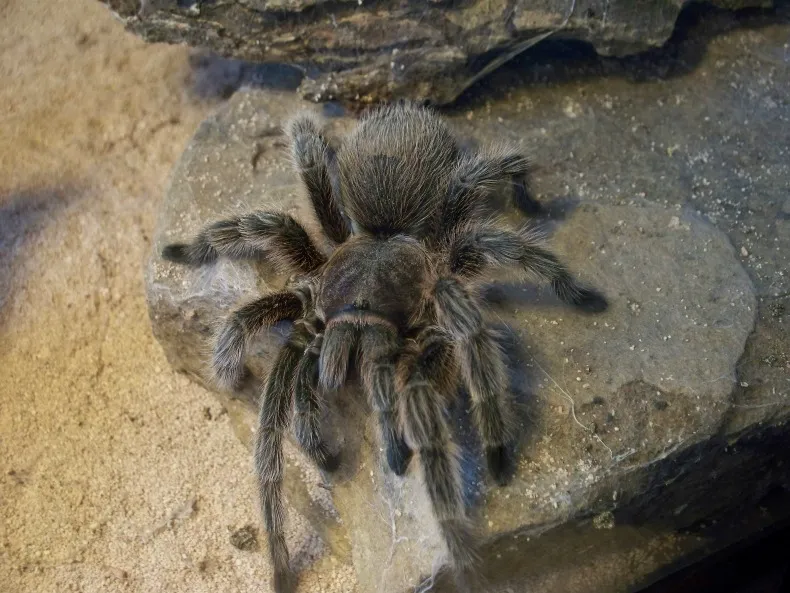
Various conservation efforts are underway to protect the Chilean Rose Tarantula and its habitat. These include establishing protected areas, educating local communities, and promoting sustainable land management practices. Captive breeding programs are also playing a role in preserving the species. Researchers are studying their habitat to better understand their needs and develop more effective conservation strategies. Supporting organizations that are working to protect their habitat is a way to help these efforts. Awareness and education are crucial in inspiring people to take action and ensure the long-term survival of the Chilean Rose Tarantula.
How to Create a Suitable Habitat
Creating a suitable habitat for a Chilean Rose Tarantula in captivity requires careful consideration of their natural environment. Replicating their habitat as closely as possible is critical for their health and well-being. This involves selecting the right enclosure, substrate, and furnishings, as well as maintaining optimal temperature and humidity levels. Understanding their habitat preferences and behavior is key to designing a terrarium that mimics their natural environment. When you take these factors into account, you can provide a comfortable and stimulating environment for your pet tarantula.
Terrarium Setup
Choosing the right terrarium is the first step. A glass or plastic enclosure with a secure lid is recommended. The size of the terrarium should be appropriate for the size of the tarantula, allowing enough space for burrowing and movement. Ventilation is also essential to prevent the buildup of humidity and ensure proper air circulation. The terrarium should be placed in a location away from direct sunlight and drafts, where the temperature remains relatively stable. A well-designed terrarium provides a safe, comfortable, and stimulating environment for your pet. It allows you to create an ideal habitat for your Chilean Rose Tarantula.
Substrate and Furnishing
The substrate should mimic the soil composition of their natural habitat. A mixture of peat moss, vermiculite, and sand is a good choice, providing a balance of moisture retention and drainage. The substrate should be deep enough to allow the tarantula to burrow. Furnishings, such as rocks, hides, and artificial plants, add visual interest and provide additional hiding places. These additions also enrich the tarantula’s environment, providing opportunities for natural behaviors. Ensure that any decorative elements are safe and do not pose a hazard to the tarantula. The setup should provide enrichment and allow the tarantula to express natural behaviors.
Maintaining Optimal Conditions
Maintaining optimal temperature and humidity levels is crucial for the tarantula’s health. The ideal temperature range is typically between 75-85°F (24-29°C). A heat lamp or under-tank heater can be used to maintain this temperature. The humidity should be kept between 60-70%. Monitoring the temperature and humidity regularly is essential, using a thermometer and hygrometer. Ensure that there is fresh water available at all times. Regular spot cleaning will keep the enclosure clean and healthy. By carefully monitoring these factors, you can create a safe and thriving environment for your Chilean Rose Tarantula.
In conclusion, understanding the Chilean Rose Tarantula’s natural habitat is key to providing proper care. By replicating their natural environment in captivity, you can ensure that these fascinating creatures thrive. From the soil they burrow in to the humidity they require, every detail matters. By following these guidelines, you can provide a happy and healthy home for your Chilean Rose Tarantula.
